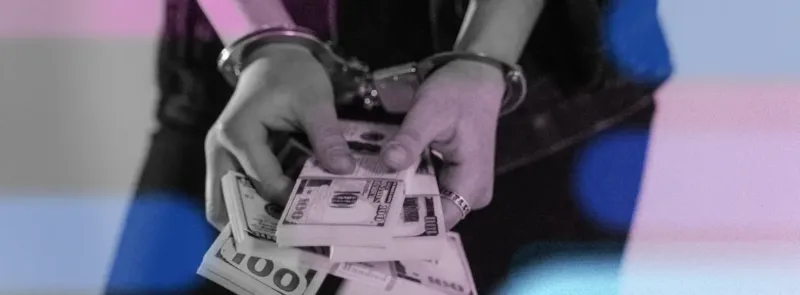Lexicon
What is a circular economy?

What is a circular economy? It’s a regenerative approach to production and consumption in which business models play a major role. Knowing how this type of system works is an essential part of your governance education.
Circular economies aim to minimise waste and make the most of resources. Instead of the “take, make, dispose” model of production, they try to re-insert as much, if not all, material back into production systems as possible, ensuring nothing ever needs to end up in a landfill or other disposal areas where it enjoys no use, but still contributes to environmental harm.
What is a circular economy?
It’s a system where products and materials are always kept within production systems. Any “waste” is never truly disposed of; it’s maintained, re-used, repaired, refurbished, recycled, composted – essentially anything you can do to ensure no permanent waste is produced.
Why is a circular economy important?
The concept is hugely popular and aligns strongly with the efforts to fight climate change and create more sustainable societies. Proponents value its ability to create a closed loop of materials, where almost any physical can re-enter the production system at the end of its natural life.
Ordinarily, this reduces strain on the earth’s finite resources, lessens pollution, reduces costs for businesses and consumers, and keeps stakeholders happy.
Are circular economies common?
To a degree, although probably nowhere near as common as proponents would hope.
Today’s circular economies concern specific products or companies more than general society. Common examples include:
- Public initiatives that recycle glass bottles (standard in many countries).
- Public deposit/return schemes for plastic bottles
- IKEA’s buy-back programme for furniture ensures each item is reused or recycled.
- HP’s programme to recycle ink cartridges, which it says significantly reduces waste.
What should boards know about a circular economy?
If your company wants to create a circular economy, your board will inevitably play a role.
Boards of directors are responsible for setting the strategic direction and ensuring your company has the capacity to meet its goals. Therefore, any move toward a circular economy will usually start with the board, which has assessed the risks and rewards of such a project and is confident it can align with the broader strategy.
Boards are the ideological and cultural source of any move towards a circular economy, not to mention an essential go-to for expertise and advice.
The real challenge for directors is ensuring that any transition towards a circular economy goes smoothly. For most products, this would involve a complete revamp of the supply chain, introducing new systems, and phasing out old ones—all fed by constant reporting and stakeholder engagement.
If a board can’t get this balance right, it fails in one crucial job concerning a circular economy.
So, what are the best practices?
The main things to focus on if your board is overseeing a circular economy transition are:
- Clear goal setting
- Integration of circular principles into company strategy
- Enhancing transparent reporting
- Ensuring governance and ESG education
- Committing to continuous improvement
In summary
Circular economies try to ensure sustainability through minimum waste. They align closely with modern stakeholder principles, but transitioning your company strategy towards such a system is a big task which needs the utmost attention.




